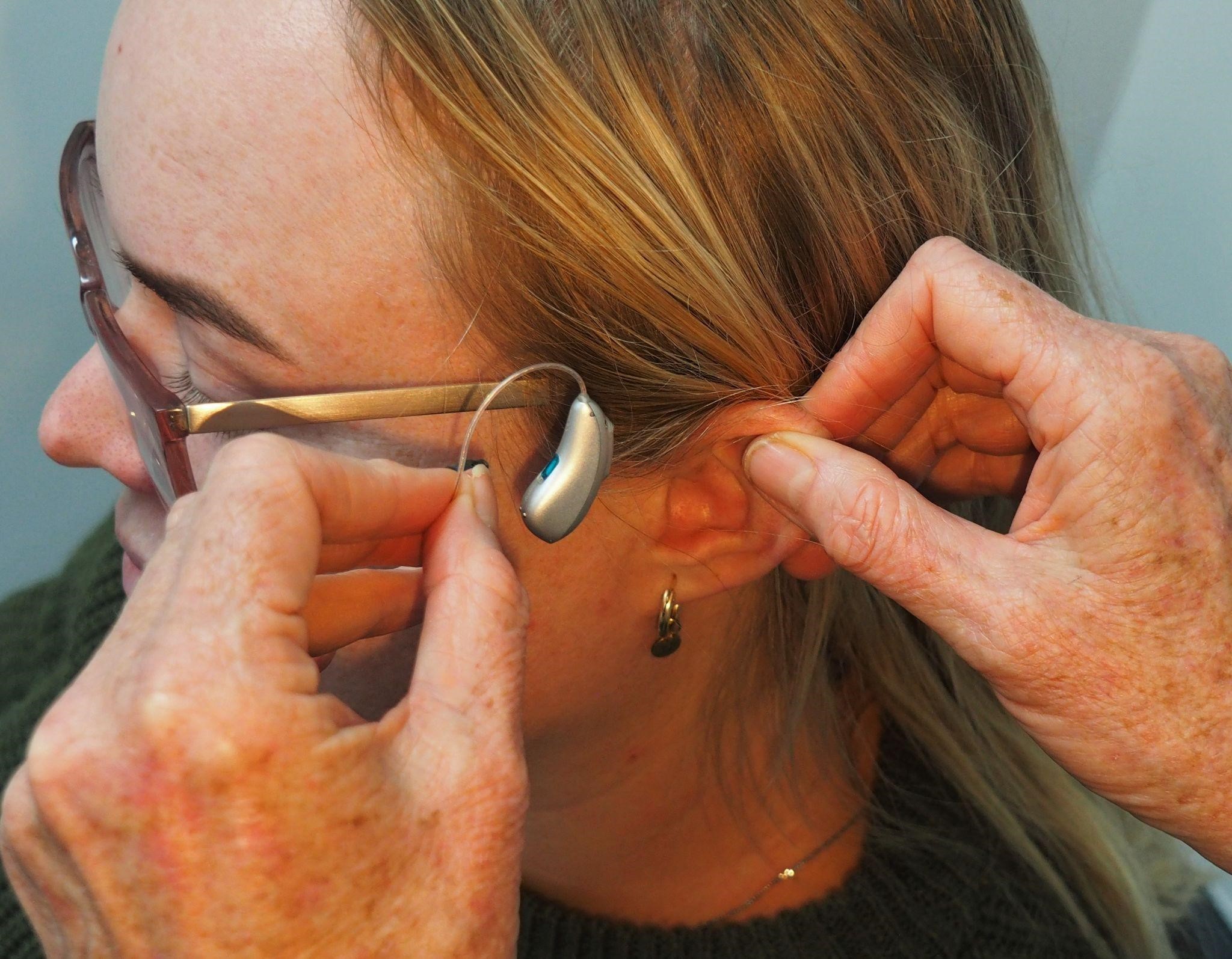2023 Guide to Choosing Hearing Aids
Are you overwhelmed by the many features available in modern hearing aids? We’re here to help! We’ve narrowed down the important factors to consider when choosing a hearing aid. Before we dive in, we spoke with Lee Fletcher, Principal Audiologist and Director at Regain Hearing, to ask his advice about hearing aids. Lee is a specialist in hearing loss and hearing aid technology.
He told us,
“Programming a hearing aid precisely requires an accurate diagnosis of the level of hearing loss and frequencies that are affected. The key to buying a hearing aid is to first have a diagnostic hearing test, which is then diagnosed by an audiologist.”
So now you know how critical the hearing test is to choosing the right hearing aid, let’s take a look at your options.
Types of Hearing Aids
- In the Ear (ITE). These compact devices house the microphone, amplifier, and receiver all in one component which fits entirely in your ear. They come in various sizes and styles, with some fitting deep inside your ear canal and others sitting just at the entrance.
The largest style of ITE hearing aid is the in-the-canal (ITC) type, which sits in the lower part of the concha (the middle part of your ear). They are still visible, so they often come in different colours to match different skin tones.
Other options are even more inconspicuous, consider the completely-in-the-canal (CIC) hearing aids. These are placed right into your ear canal and are barely noticeable to others.
The smallest and least obtrusive option is the invisible-in-the-canal (IIC) hearing aid. It is designed to be positioned deep into your ear canal, making it completely invisible to the naked eye.
- Behind the Ear (BTE). Also referred to as receiver-in-the-canal (RIC) hearing aids, they consist of a small curved hearing aid in a hard case, which is available in many colours and sits comfortably behind your ear. Inside, you’ll find a microphone and amplifier that work together to improve your hearing. The case is connected to either a receiver and dome or a custom made mould which fit inside your ear. The receiver wire is very fine and housed in clear plastic and hooks over the top of your ear.
Earmolds — typically made of plastic or silicone — are custom-made to fit the unique shape and size of your ear. They sit perfectly in the ear canal or concha. Domes are small cone-shaped tips that resemble the interchangeable tips you find with in-ear headphones. They are positioned in your ear canal and come in a variety of styles and sizes.
- Bi-contralateral Routing of Sound (BiCROS). BiCROS hearing aids are designed for people who are deaf in one ear and, like ITE and BTE, come in different styles. The device involves using two hearing aids — one to pick up sound from the deaf ear and send it to the better ear, and another to play back the sound received. If the better ear also has hearing loss, the receiving hearing aid amplifies sound from both ears.
If you’re having trouble understanding speech in your poorer-hearing ear, a BiCROS hearing aid might be right for you.
5 Important Hearing Aid Features
- Noise Reduction. Digital hearing aids are designed to make the sounds you want to hear clearer whilst filtering out unwanted background noise. That means no more annoying wind noise or machine sounds!
- Directional Microphones. These help filter out irrelevant sounds and focus on speech. The most advanced hearing aids have adaptive directional microphones that automatically adjust to different noise levels in different environments.
- Batteries. Traditional zinc-air batteries are inexpensive but need to be replaced often. On the other hand, rechargeable lithium-ion batteries can be reused multiple times, saving you money in the long run. Just remember to pack your charged when leaving home for more than 24hrs, and make sure you have access to a charging outlet!
- Bluetooth. Many hearing aids come with Bluetooth technology, allowing you to connect them to your devices and stream audio directly to your ears. Just keep in mind that compatibility may vary depending on your device’s operating system.
- Telecoil or T-Coil. A telecoil or T-coil feature can greatly enhance your hearing experience if you frequently find yourself in public places. This handy feature works with hearing loop systems, helping you hear clearly amidst background noise. It’s also great for using traditional telephones without any feedback.
NHS Hearing Aids
If you want to receive NHS hearing aids, the first step is to visit your GP. They can arrange for you to have some hearing tests to determine the extent of your hearing loss. Your GP can refer you to a hospital or community audiology clinic or may be able to refer you under the Any Qualified Provider (AQP) scheme. This scheme is generally only offered to people aged 55 and over and allows accredited high street providers to offer NHS hearing aids for free.
Now, it’s important to note that hearing aids are available on the NHS for most people with diagnosable hearing loss. However, the selection might be limited. Typically, you’ll have access to behind-the-ear (BTE) hearing aids.
Take Away
As you can see, the world of hearing aids has many options and features to consider. When choosing a hearing aid, it is essential to consider factors such as type, technology level and accessories whilst exploring trustworthy brands that provide helpful customer service.
Ultimately, selecting the right hearing aid comes down to how well it meets your listening needs whilst providing comfort and ease of use. The fastest way to find out what hearing solution works best for you is to get a private hearing test with an audiologist.

